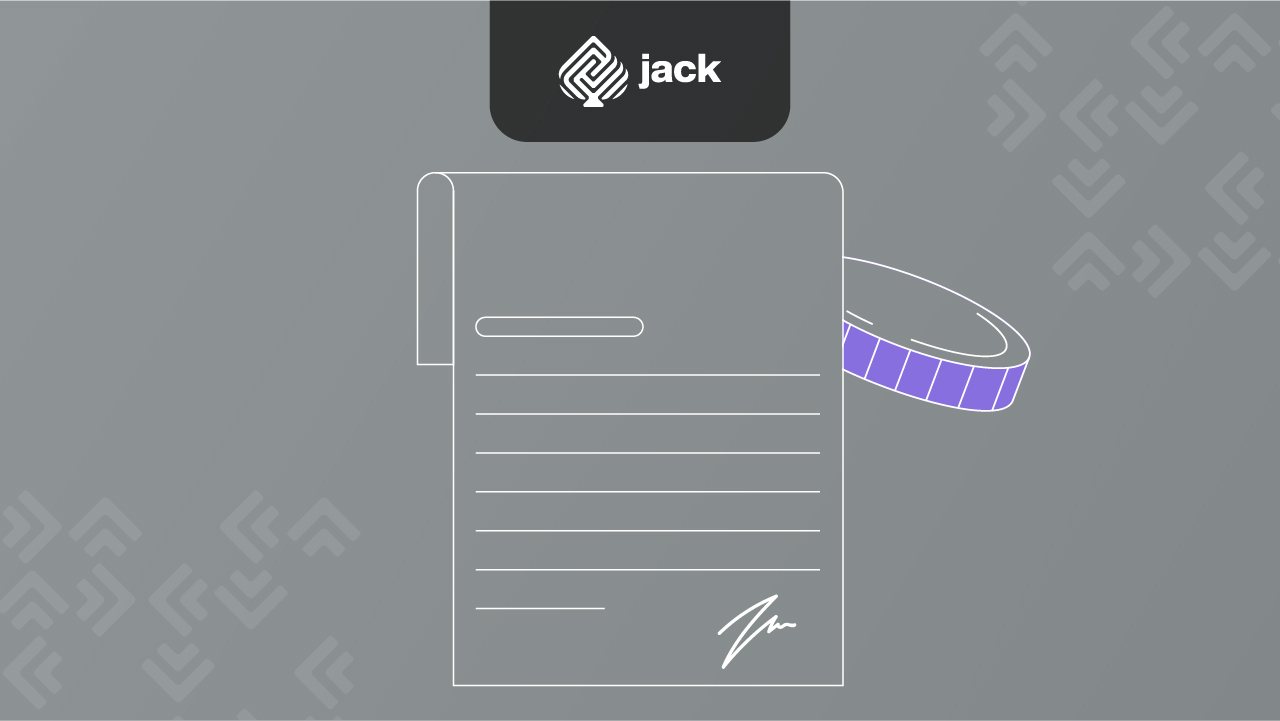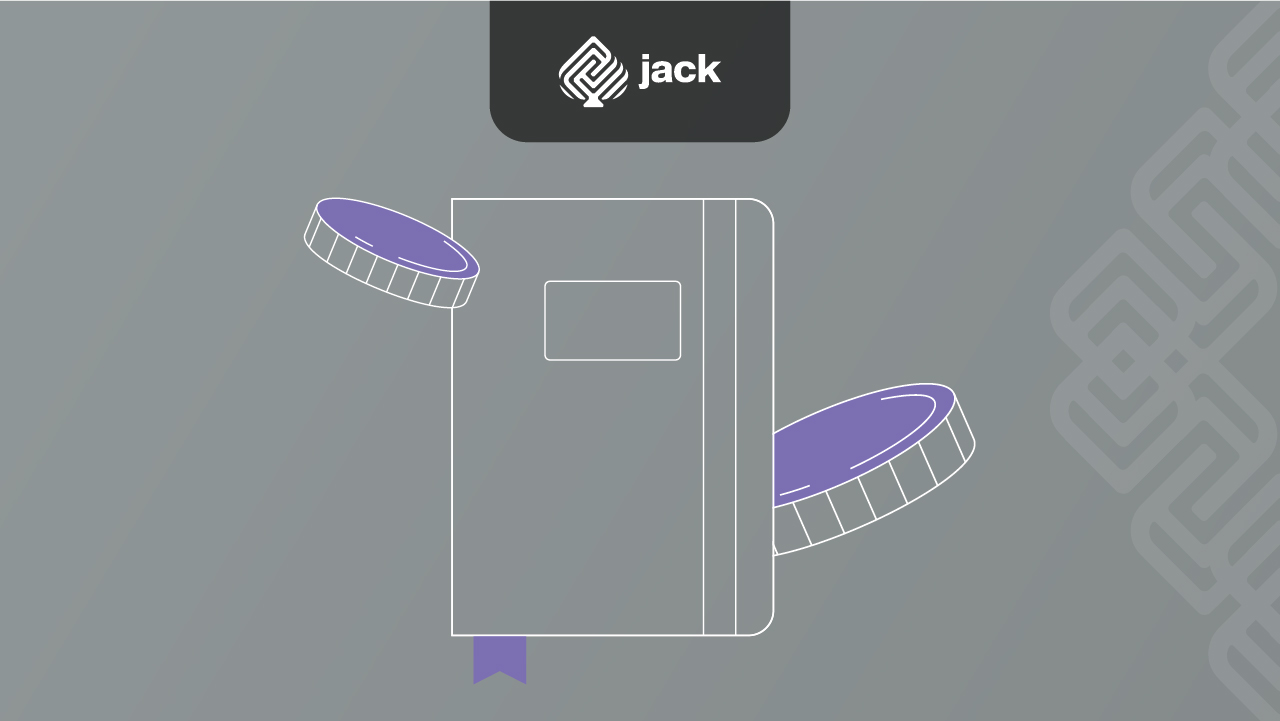Contract receivables refer to the agreement made in a debt arrangement that includes documents that can serve as evidence of the borrowing.
The purpose of the debt agreement is to reach an agreement between the parties involved, including the specified time, date, and amount of money to be paid.
Spend with Flexibility,
Anywhere with Jack Corporate Card
It should be understood that the debt agreement is a written promise from the issuer or creator of the document to the other party as the recipient of the debt.
In the creation of the debt agreement document, the creditor is the party providing the debt, while the debtor is the party receiving the debt.
Definition of Contract Receivables

Contract receivables, also known as debt agreements, are part of the law on property and wealth. The document itself contains information and provisions related to the debt, including rights and obligations.
The right to receivables or debt collection arises from an agreement or contract made between the creditor and debtor.
The content of the document must be fulfilled by both parties in good faith, as the debt agreement is a binding agreement that cannot be revoked unless there is mutual consent from both parties.
Contract receivables must reach an irrevocable agreement when there is no dispute or disagreement based on the provisions of the law. The debt agreement document is made with witnesses who can serve as evidence of the debt and guide the legal implementation of the agreement between the parties.
Objectives of Contract Receivables

The purpose of documenting the debt agreement is to provide evidence related to the facts, actions, and conditions of the civil nature of the debt. The debt agreement document, along with the required stamp duty, serves as legal proof.
Without proper documentation, such as in a sales agreement, it does not fall within the legal realm and cannot be recognized by the law.
While the absence of a debt agreement document may render it invalid as a legally recognized proof, the actual transaction or legal action itself may still be valid. The validity of the debt agreement is not determined by the absence of a document but rather by Article 1320 of KUH Perdata.
Components of Debt Agreement Document

In the creation of a contract receivable or debt agreement document, it contains comprehensive information with the necessary components. These components include:
- Total amount or nominal amount of the borrowed money.
- Personal information of both parties, such as full name, address, ID number, occupation, and others.
- Total amount of transaction payments.
- Payment term or duration.
- Purpose of the loan.
- Monthly payment amount if applicable.
- Collateral for the loan if required.
- Terms and conditions related to penalties in case of non-payment or default, including the possibility of releasing or suspending the loan due to the inability to fulfil obligations arising from the debtor’s breach of promise.
- Interest rate or compensation.
What is Receivables Management

With the existence of contract receivables, there is a need for management processes such as planning, directing, and supervising to achieve the objectives of an organization that has been implemented.
Receivables refer to claims from other parties in the form of money, goods, or services.
Receivables management, therefore, involves planning and monitoring the relationship between clients and other parties, individuals, businesses, or debtors concerning every asset or wealth generated from credit sales transactions.
To control receivables, a company should separate personal and business finances and establish credit policies for every business it conducts.
Objectives of Having Receivables Management
Implementing management for contract receivables helps a company minimize risks arising from its credit income. The objectives of receivables management are as follows:
- Uncollectible receivables pose a risk that may occur if the amount of receivables cannot be collected at all. This can result from inadequate supervision, choosing the wrong customers, or other potential issues due to an unstable economic condition.
- Unpaid receivables affect financial records and can lead to a reduction in the company’s profits.
- Repayment of receivables at maturity can create additional burdens for the company, which, if repeated, can be detrimental.
- Low turnover of receivables relative to the invested capital can lead to a larger amount of capital tied up in contract receivables without generating productivity.
- Instances of fraud, such as failure in debt collection due to irresponsible customers or theft of cash within the company.
- Technical errors in billing or data entry.
- Poor performance of receivables management personnel.
- Damage or loss of receivables tracking data.
These are some of the agreements in a contract receivable that need to be legally valid to be applicable under civil law in case issues arise in the future.
Use Jack for your business needs
With receivables, proper management is necessary to ensure timely collection of company or individual receivables according to the agreed payment terms between both parties.






